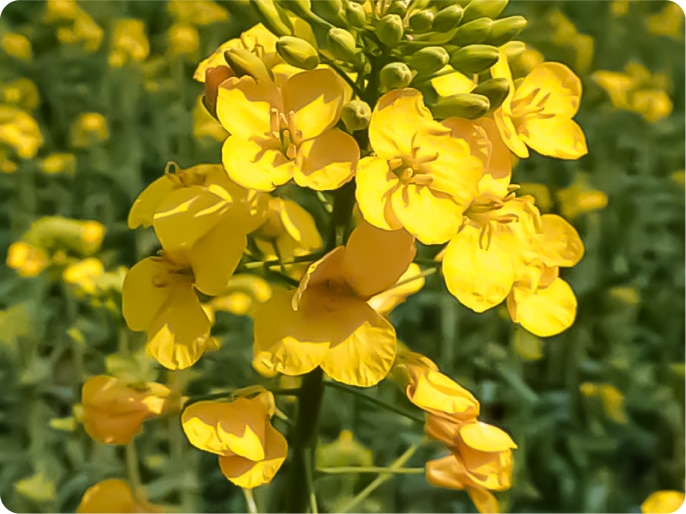
Oil radish
The root system of the plant is so strong and enters the soil so deeply that it can lift all the components necessary for its growth, greatly loosening and enriching the upper layers. It tolerates late sowing well. Used in areas of unstable agriculture. The plant is known for its loosening, structuring, draining qualities. The use of oil radish increases the air and moisture capacity of soils and serves as their protection against interseasonal wind erosion.
Therefore, often Shrovetide radish is not beveled for the winter. It retains snow, reducing the degree of freezing of the soil and contributing to the accumulation of moisture. In addition, the culture successfully heals the soil. The concentration of essential oils in all parts of the plant prevents the reproduction of soil pests (for example, wireworm) and the development of fungal diseases (potato scab, rhizoctoniosis), suppresses various types of nematodes, with the exception of beetroot.
The decomposition of plant biomass improves the quality of life of beneficial soil microorganisms, which leads to a decrease in the incidence of vegetable and horticultural crops and, accordingly, an increase in yields.
